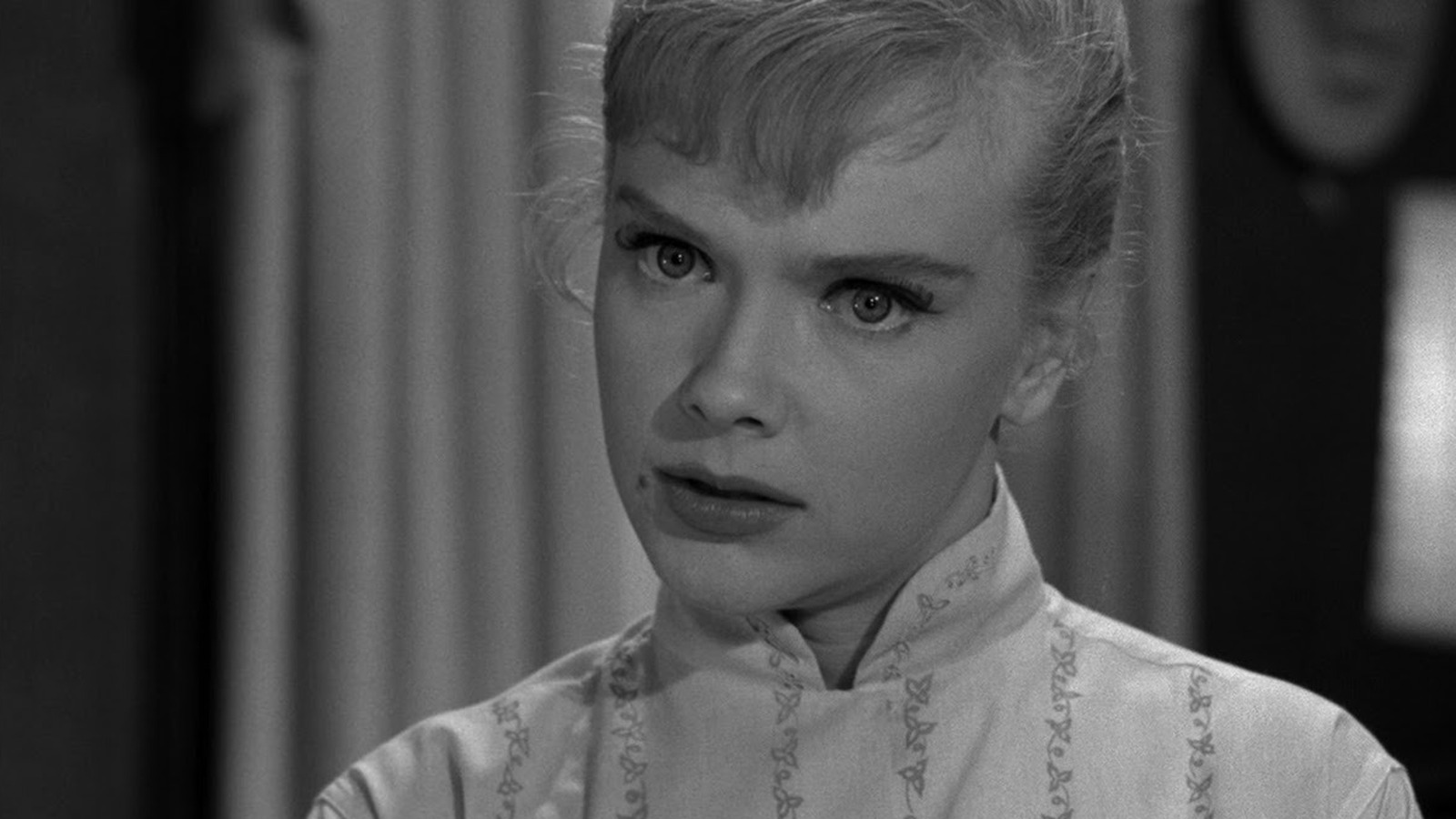[ad_1]

Warning: the twist ending will be revealed below.
If one pays attention to such things, one might note that mannequins have evolved over time. Since at least the 1980s, mannequins have become increasingly more abstract. Mannequin faces have become colorless and hairless, their bodies contorted or changed to more effectively display the clothes they were built to sell. In many cases, mannequin bodies have become more organic and varied, giving a consumer a much more realistic view as to what clothes might look like on their bodies. In most cases, mannequin heads are absent entirely. In short, mannequins have become increasingly practical, mere displays for consumer goods.
In 1960, however, when “The After Hours” aired, mannequins were more than mere displays for clothing. The mannequins had hair and faces. They were whole people. Often, they were placed inside large, elaborate, diorama-like displays, seen as a 3-D snapshot of a human being in the midst of some important, relatable activity. Mannequins sold an entire lifestyle, a whole personality. When “Twilight Zone” creator Rod Serling wrote “The After Hours,” he wasn’t merely riffing on the creepy, lifelike structures of human-shaped mannequins, but tapping into the advertising fantasies that they represent.
When it finally came to the episode’s twist ending, it turned a mirror on that notion. As you look into the fantasy world of the mannequin, it, too, is look out on the fantasy world of yours. Mannequins, the episode posits, dream of living our lives just as much as we fantasize about living theirs.
The ending reveals, perhaps predictably, that Marsha is a mannequin herself. Every month, a living mannequin from the department store is allowed to leave and live like a human for a spell. Then they must return to their jobs as mannequins. Marsha forgot.
[ad_2]
Source link

Comments are closed.